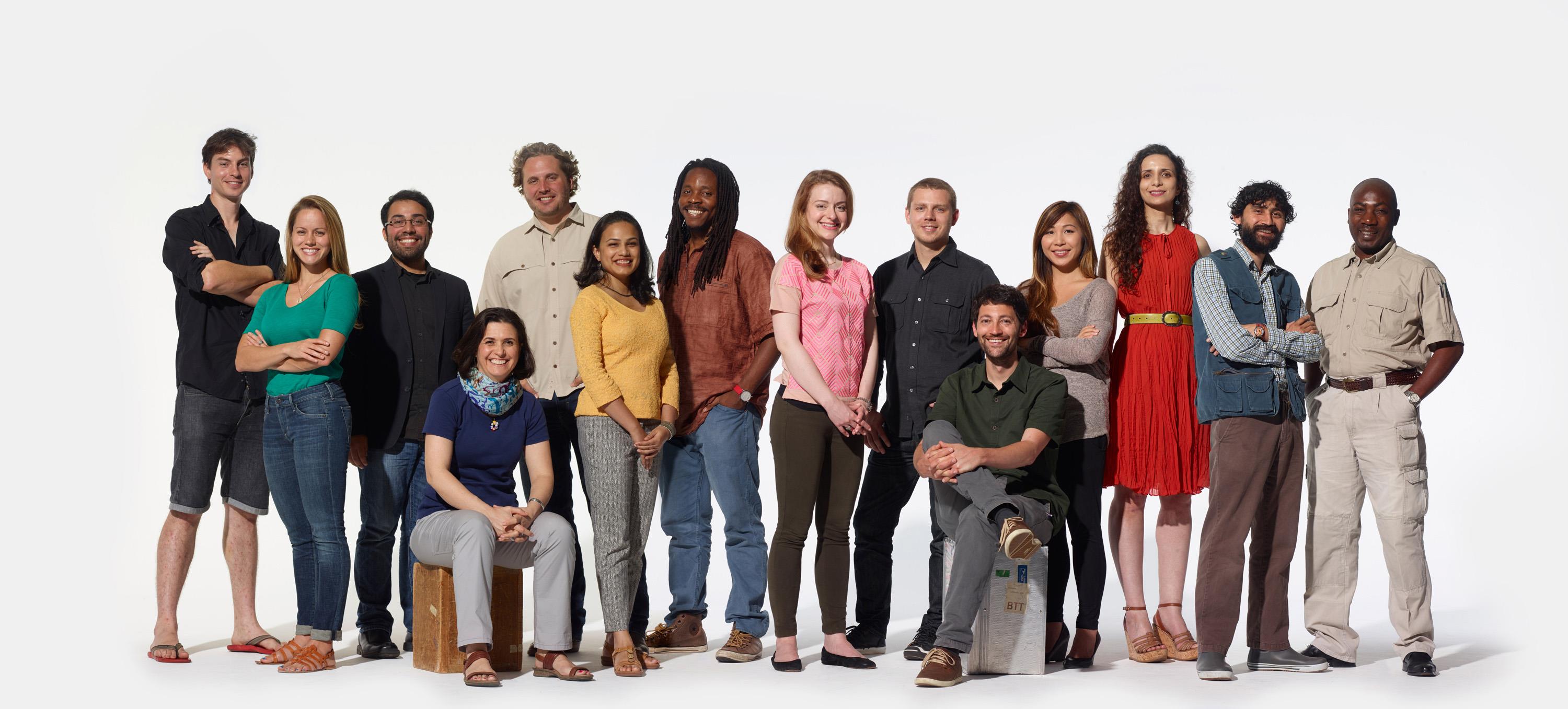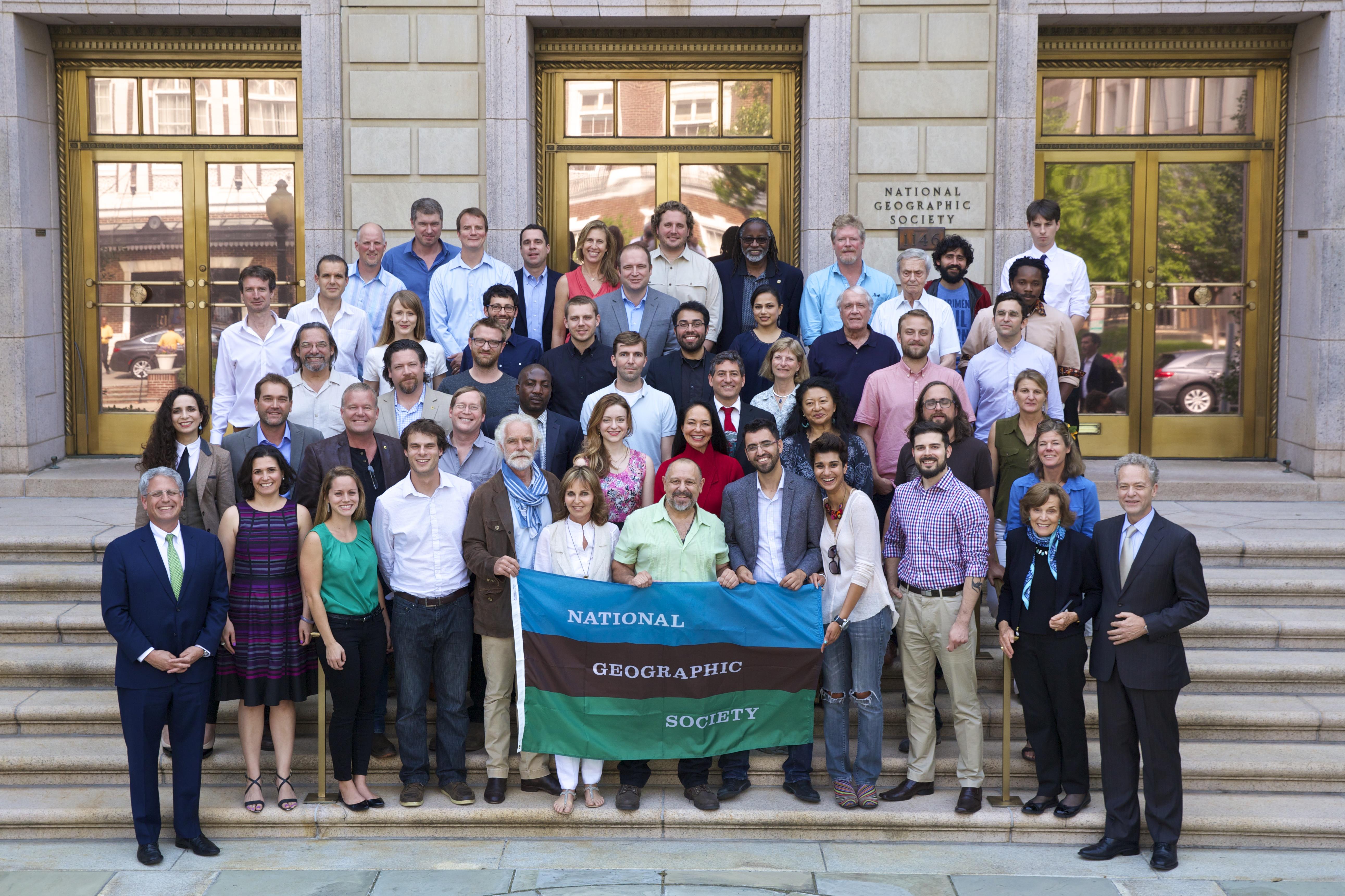Inside the Yellow Border: How National Geographic finds its niche in a competitive marketplace
Throughout the week, we heard from Innocent Mburanumwe, a conservation ranger at Virunga National Park in the Democratic Republic of the Congo, who works on the ground to protect his country’s native gorilla population from poachers. We met biophysicist Manu Prakash, who champions “frugal science,” a method he’s pioneered to design inexpensive scientific instruments that can spread science and appreciation of the microcosmos to the “passionately curious” around the world. Neuroscientist Steve Ramirez challenged our perceptions of time and memory as he discussed his groundbreaking research with brain cells — research that could have huge implications for combatting post-traumatic stress disorder and Alzheimer’s disease.
They are just three of 14 members of the 2015 class of Emerging Explorers, a programme that National Geographic created in 2004 to recognise and support uniquely gifted and inspiring scientists, conservationists and innovators who are at the forefront of discovery, adventure and global problem-solving while still early in their careers. Each year, we present this new group of explorers to our staff and we are consistently awed by their wealth of knowledge, their creativity and their passion for making a difference in their chosen field of study and the world at large.

Above: NatGeo’s 2015 ‘Emerging Explorers’ (credit: Mark Thiessen)
What began as a closed door session for our editorial staff more than a decade ago has grown into a much larger platform for our grantees, and an opportunity for all of our staff to become inspired by their work. As we witness their presentations on stage and sit with them in our offices, it is our opportunity to brainstorm with them how we can harness our storytelling capabilities to pass their passion on to our readers in a way that is informative, engaging and entertaining.
At National Geographic, we consider ourselves to be in a unique position within the publishing world, because we are not merely a media organisation that disseminates news and information; we are a non-profit organisation that issue grants to support the field work of some of the world’s brightest minds in the fields of archaeology, biology, agriculture, neurology and a slew of other scientific disciplines. We can then funnel that content into editorial for our magazines, books, television programs and online content. This works for us on a number of levels because it gives us more direct access to scientists, and helps keep us at the forefront of exploration and scientific discovery. We follow our grantees every step of the way, and are able to inject photographers and writers into the process as discoveries happen, not after.

Above: NatGeo’s Explorers Symposium (credit: Mark Thiessen)
It’s a process that’s become more and more important as the demand for content continues to grow. We were lucky to find our niche early on, and have been able to build on it through the integration of video and still imagery. We also continue to grow our relationships within the scientific community by creating programs like the Emerging Explorers program that help nurture young talent.
The content we derive from their work helps us create special pages for our local language editions that help spread the word about National Geographic’s science and exploration activities. This connection to real science and explorers not only differentiates National Geographic magazine from our competitors but also creates a tangible benefit to their work, as the purchase of each magazine directly supports the ongoing funding of science and exploration activities.
Although we’re an organisation that’s based in the United States, our content has always had implications way beyond our borders, a factor that has helped us expand into forty local language editions for National Geographic magazine alone. And as we’ve grown beyond the English language edition, we’ve been able to capitalise on the work of our grantees across the globe to create localised stories with our partners. Just recently, both Daphne Raz, editor of our Hebrew edition of National Geographic magazine, and Dr. David Lordkipanidze, General Director of the Georgain National Museum and National Geographic grantee, accompanied one of our fellows, Paul Salopek, as he made his way through their regions for his Out of Eden Project.
One of our emerging explorers, Ella Al-Shamahi, said it best this week. A stand-up comic as well as a paleoanthropologist and archaeologist, Ella says she uses humour as a way to make “complicated science more accessible.” In many ways, that’s what we’re about here at National Geographic, and that’s what’s helped make us a global success.

Above: Cover of National Geographic USA’s July 2015 edition
We started as an arcane journal that reported on the latest findings on geography – but as our journal evolved into the magazine it is today, we found a way to maintain our credibility while becoming more accessible to our audience. We created a niche for ourselves by staying true to our identity, finding our strengths and capitalising on them. Foresight helps, but in many ways, creativity is the most important factor for success.
More like this
Yulia Boyle on multi-product strategies
Gruner + Jahr launches National Geographic Traveler in Germany
Garant Media Holding launches National Geographic Kids Magazine in Azerbaijan









